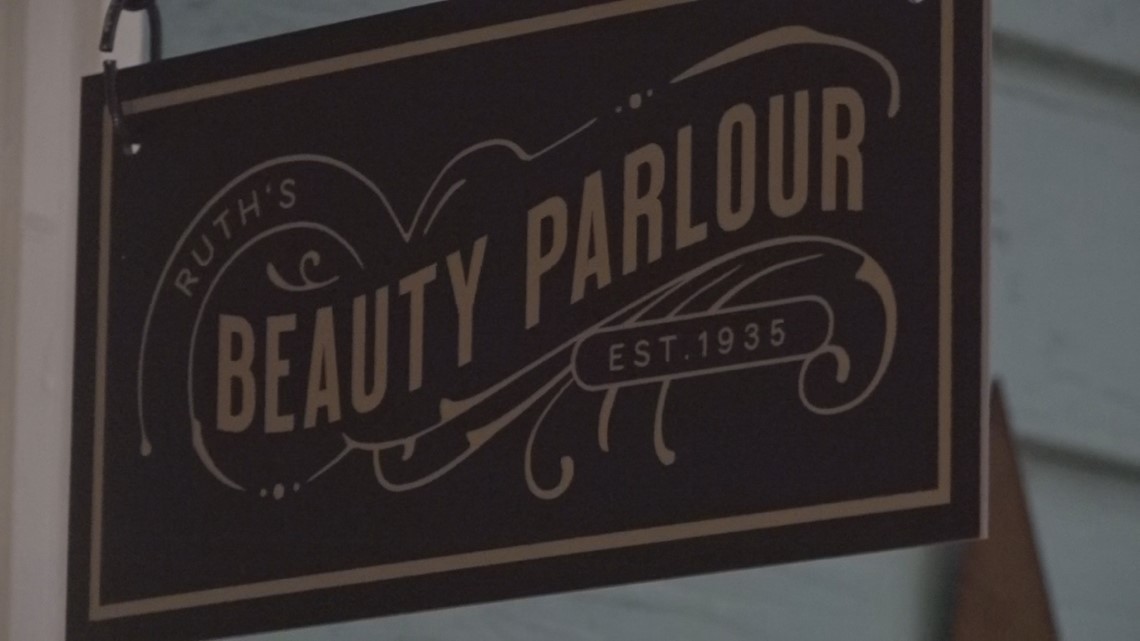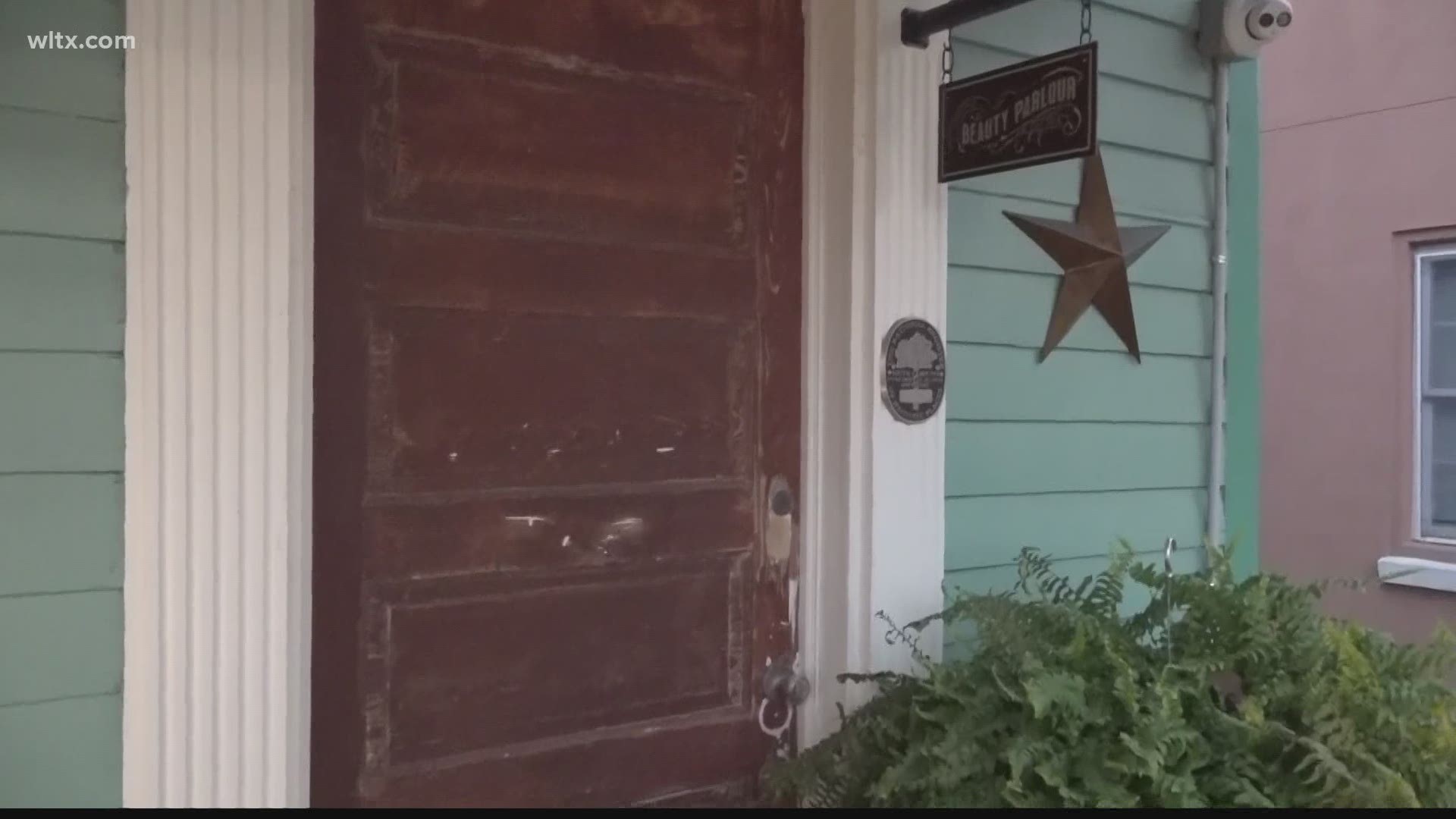COLUMBIA, S.C. — Robbie Robertson and Brent Girard moved into a home in Columbia's Historic Waverly Neighborhood about two years ago.
"We saw it and we went, 'Oh my God, that's the coolest house,'" Robertson said.
Little did they know the home had more than southern charm.
"Guess like a year after living here, I was doing some work in the yard and some folks from Historic Columbia and from the neighborhood association were walking around and told us that we were a part of a Green Book site," Girard said.
The Negro Travelers' Green Book was a travel guide of safe spaces for African Americans during segregation. Ruth's Beauty Parlor on Pine Street is one of the few remaining locations.
"It's significant for its association with black beauty culture and entrepreneurship through its use as a beauty parlor and dress making shop," Carlie Todd, Research Assistant for the S.C. Dept. of Archives and History, said. "In many cases, beauty parlors also served as vital places for African American social activism and also allowed African American women to discuss and strategize on political issues."
Originally owned by Nathaniel Collins, the house was under construction in 1909 and finished by 1910. Ruth Collins Perry, Nathaniel's daughter, would later take ownership, operating her salon through part of the first floor.
At that time, the place was split - part salon, part home.
Today, it's just a home for Robertson and Girard.
Still, they wanted to make their own nod to Ruth's history.


“We wanted to give it kind of like it’s own little entrance plaque, so we had a friend create that beauty parlor entrance," Robertson said. "It's history so we just feel like we're occupants of history and we want to honor it while we're here.”
While many of the Green Book sites have been destroyed, roughly a quarter remain around Columbia. To learn more about Columbia's sites visit HistoricColumbia.org/GreenBook.

